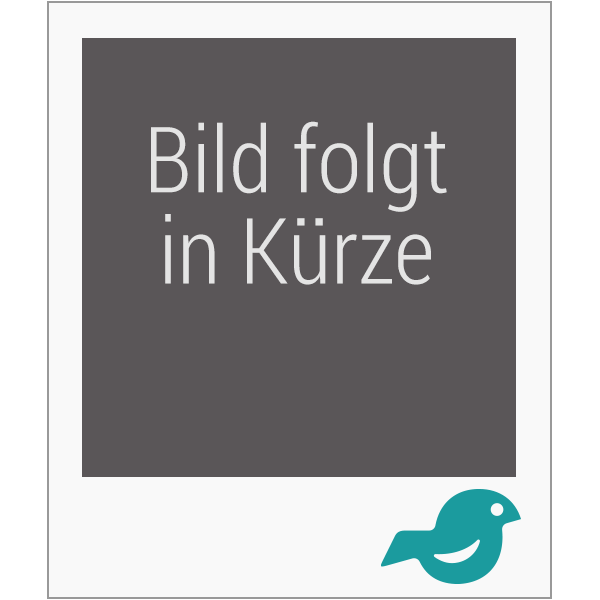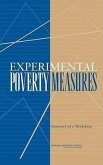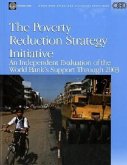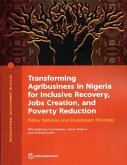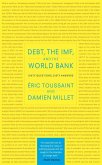Although tremendous progress has been made in reducing poverty in the developing world, much remains to be done. Over 1 billion people live on less than $1 a day, and 3 billion live on less than $2 a day. As the number of poor people has risen in all regions (with the exception of East Asia), disparities in income and unequal access to education and health care prevent members of society from benefiting equally from the growth process. Helping to minimize these disparities is a major objective in the World Bank's efforts to assist client countries in achieving poverty reduction and improve their living standards. This challenge of inclusion--promoting equitable access to the economic and social benefits of development regardless of nationality, race, or gender--is the key development challenge today. This annual report reviews progress in the implementation of the Bank's poverty reduction strategy, updating the retrospective 1996 report, 'Poverty Reduction and the World Bank: Progress and Challenges in the 1990s'. The first chapter summarizes the Bank's poverty reduction strategy and highlights the basic elements of a future work program on poverty. The second chapter describes the Bank's progress in supporting poverty reduction during fiscal 1996 and 1997, with recommendations for further improvements in the Bank's efforts. The third chapter presents the main conclusions of work undertaken during the past two fiscal years on recent experiences with one element of the Bank's poverty reduction strategy--safety net programs.

